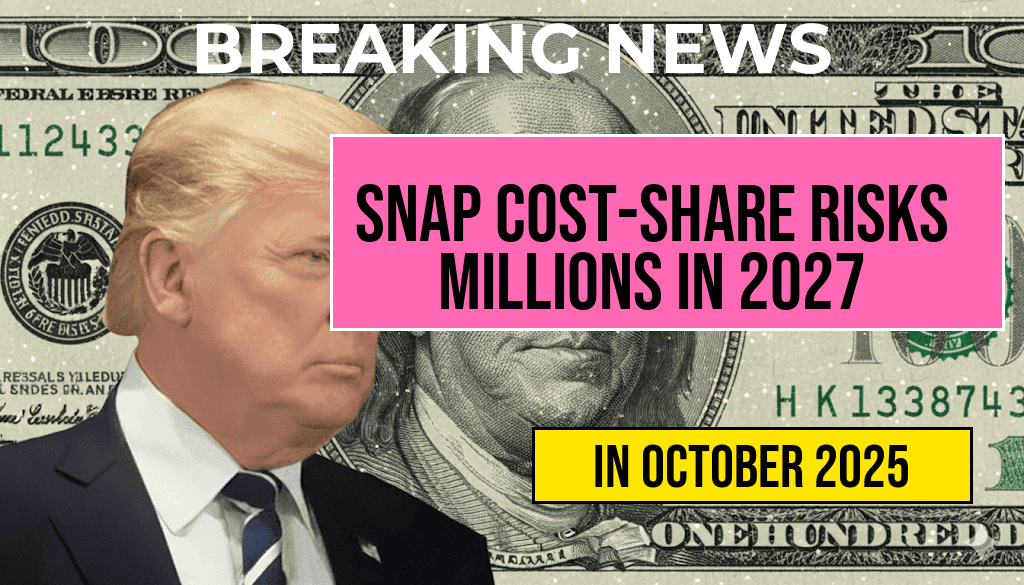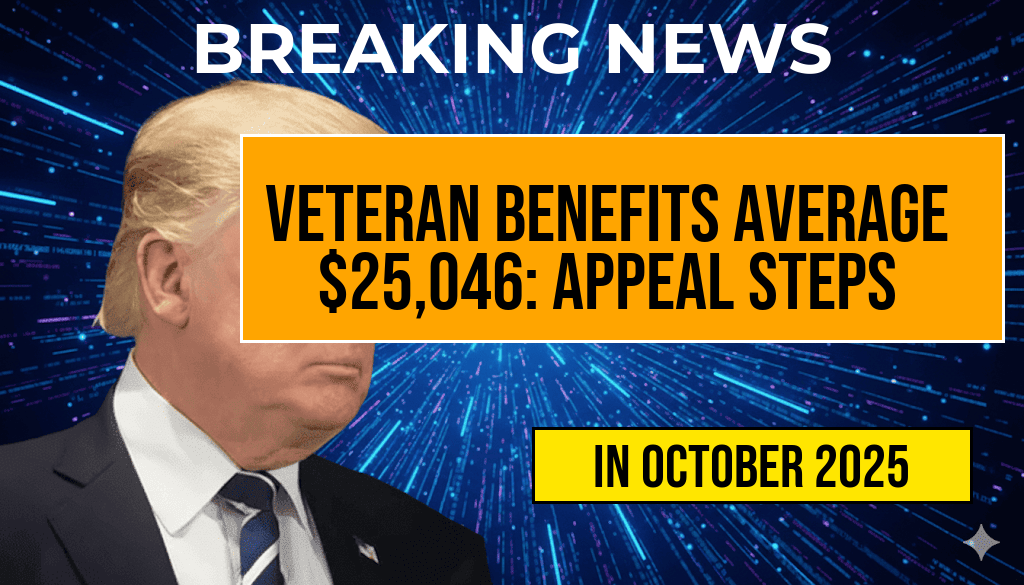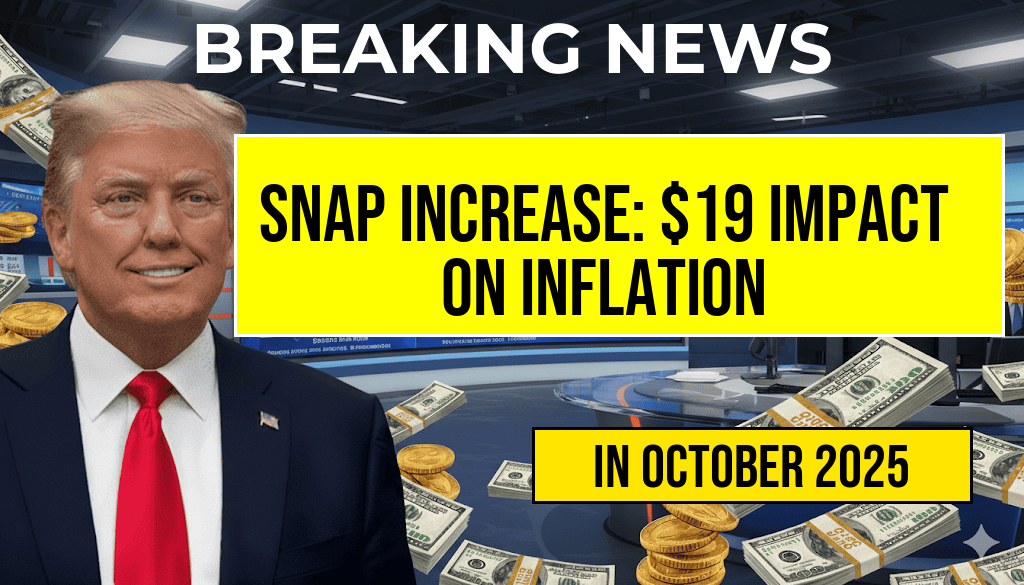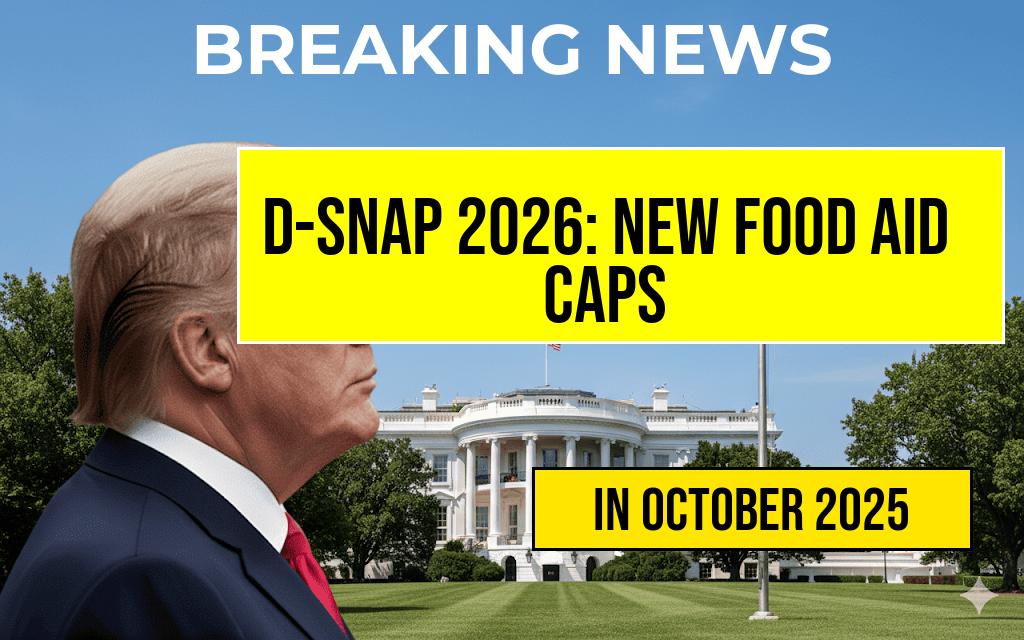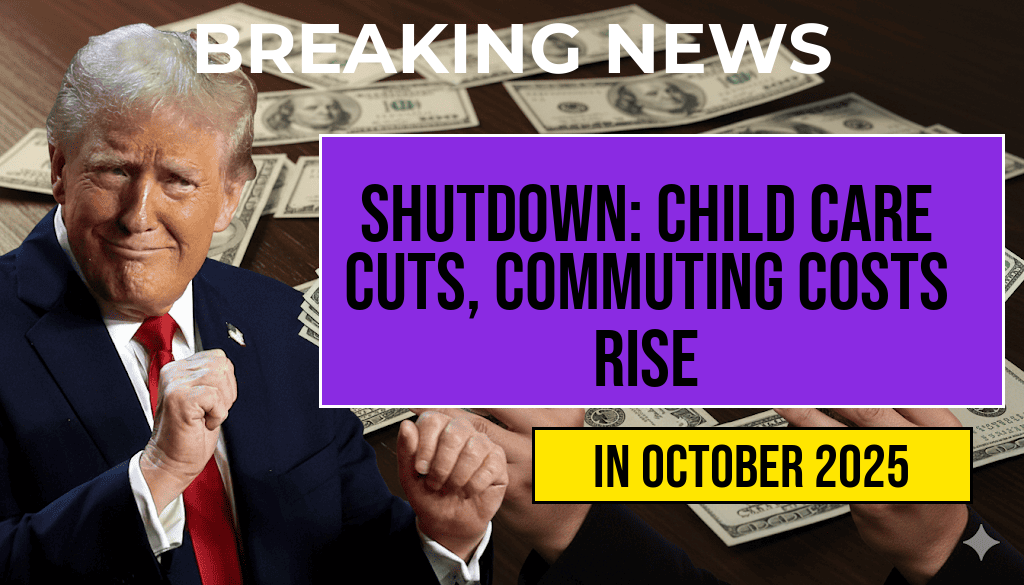As the implementation of the State SNAP Cost-Share program approaches in 2027, the potential for financial strain on high-error states has emerged as a pressing concern. With millions of dollars at stake, these states face the risk of reduced benefits for low-income families if they fail to address the high error rates in their Supplemental Nutrition Assistance Program (SNAP) administration. The program aims to enhance efficiency and accountability within state-run SNAP operations, but the consequences for those states that do not comply with federal standards could be dire. As discussions around the program evolve, stakeholders are left wondering how this financial model will reshape the landscape of food assistance in the coming years.
Understanding the SNAP Cost-Share Program
The SNAP Cost-Share initiative is designed to allocate funds based on state performance in managing SNAP benefits, which provide critical assistance to millions of Americans facing food insecurity. Under this program, states with low error rates will receive a larger share of federal funding, while those with high error rates may experience significant cuts. This shift aims to incentivize better management practices and reduce fraud and mistakes in benefit distribution.
The Stakes for High-Error States
States identified as high-error have a unique set of challenges. High error rates can stem from various factors, including inadequate training for caseworkers, outdated technology, and bureaucratic inefficiencies. As a result, these states face the possibility of losing substantial federal funding, which could translate into reduced benefits for the very families that depend on SNAP.
- Financial Impact: The potential loss of federal funds could reach millions, exacerbating food insecurity in regions already struggling to meet the needs of their populations.
- Administrative Challenges: States may need to invest heavily in training and technology upgrades to meet federal standards, which could strain their budgets further.
- Public Response: As awareness grows, advocacy groups are likely to increase pressure on state officials to prioritize SNAP management reforms.
Current SNAP Administration Issues
Many high-error states are grappling with persistent issues that contribute to their elevated error rates. According to a recent report by the U.S. Department of Agriculture (USDA), states like California, Louisiana, and New Mexico have struggled with significant discrepancies in benefit calculations, leading to overpayments and underpayments alike. These errors not only affect the integrity of the program but also undermine public trust in the administration of food assistance.
Potential Solutions and Reforms
To mitigate the risks associated with high error rates, several strategies have been proposed:
- Enhanced Training Programs: Developing comprehensive training for caseworkers to ensure they are well-equipped to manage applications and verify eligibility effectively.
- Technology Upgrades: Investing in modern software solutions that streamline application processing and reduce the likelihood of human error.
- Regular Audits: Implementing periodic audits to identify and address errors swiftly, rather than waiting for federal assessments.
The Role of Advocacy and Public Awareness
As the 2027 implementation date approaches, advocacy groups are ramping up efforts to raise awareness about the potential impacts of the SNAP Cost-Share program. Organizations like the Feeding America network emphasize the importance of maintaining robust food assistance programs and are advocating for reforms that prioritize both efficiency and accessibility.
Public awareness campaigns aim to inform low-income families about the changes to SNAP and the implications for their benefits. By fostering a dialogue between state officials, advocacy groups, and the communities they serve, stakeholders hope to create a more responsive and effective SNAP system.
Conclusion
The upcoming implementation of the State SNAP Cost-Share program in 2027 marks a significant shift in how food assistance is administered in the United States. High-error states face the potential for reduced benefits unless they take proactive steps to improve their SNAP management practices. As the conversation continues, the focus remains on ensuring that vulnerable families receive the support they need to thrive.
Frequently Asked Questions
What is the SNAP Cost-Share Implementation scheduled for 2027?
The SNAP Cost-Share Implementation refers to a new policy set to be enacted in 2027, requiring states to share the costs of the Supplemental Nutrition Assistance Program based on their accuracy in administering benefits.
How will high-error states be affected by the new SNAP policy?
High-error states face significant financial repercussions under the new SNAP policy, risking losses in millions of dollars if they do not improve their program accuracy.
Will the implementation of the cost-share lead to reduced benefits for SNAP recipients?
While the primary goal of the cost-share implementation is to enhance program efficiency, there are concerns that benefit reductions may occur in states struggling with high error rates, negatively impacting recipients.
What measures can states take to avoid high error rates in SNAP?
States can implement better training for staff, improve data accuracy, and enhance verification processes to reduce errors and avoid the financial penalties associated with the cost-share.
Where can I find more information about SNAP and its upcoming changes?
For more information, you can visit the official USDA Food and Nutrition Service website or check with your local Department of Social Services for updates on SNAP policies and changes.

